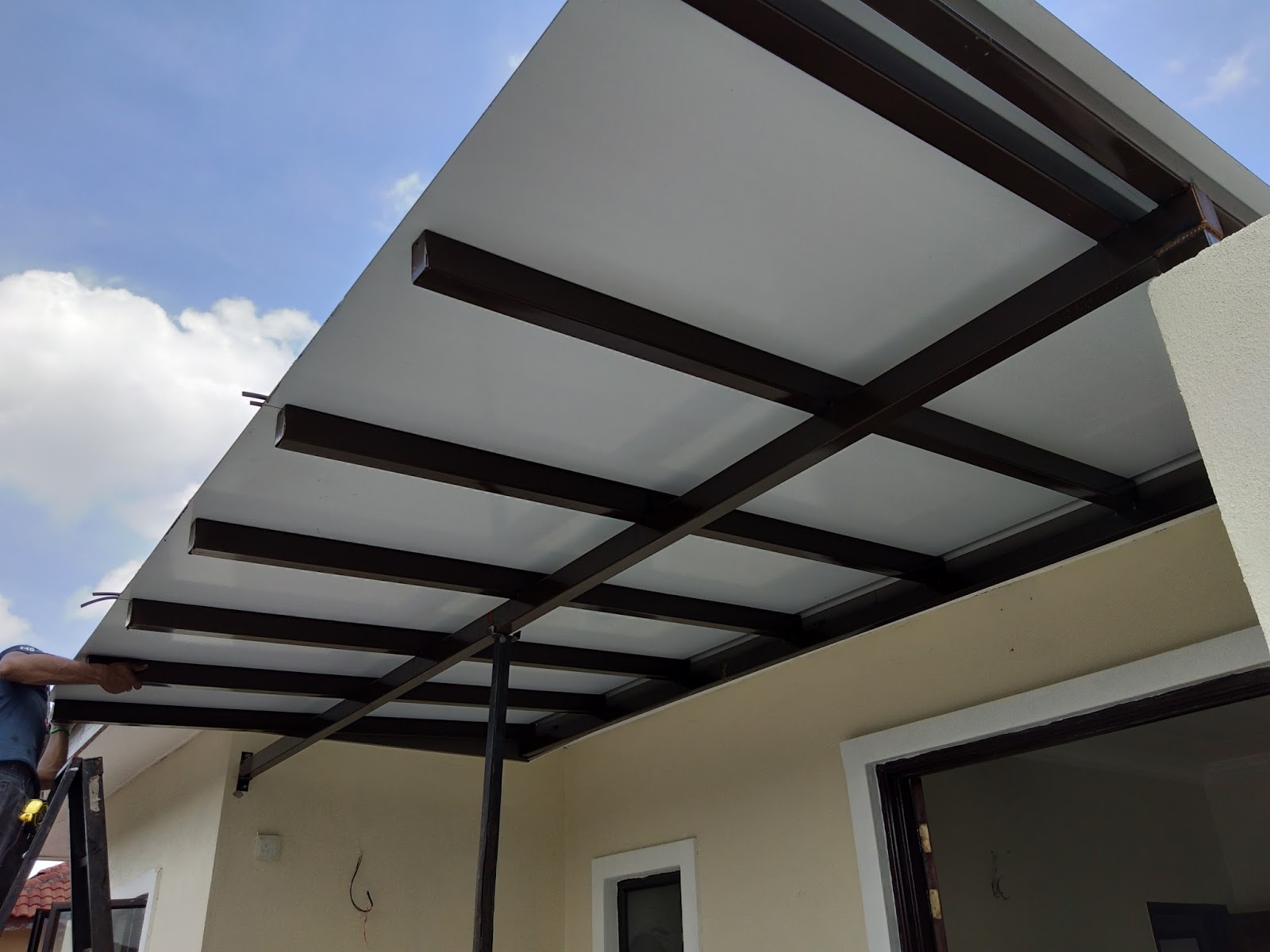Roof inspections are important for identifying potential issues and ensuring the longevity of your roof. Regular inspections may help detect problems early, preventing pricey repairs or replacements down the line. Here are some common strategies and steps for conducting a roof inspection:
Visual Inspection:
a. Exterior Inspection:

Start by inspecting the roof from the bottom utilizing binoculars or by safely climbing onto a ladder to get a better look.
Look for seen indicators of harm, corresponding to missing or damaged shingles, curling or buckling shingles, or unfastened or deteriorated flashing round roof penetrations.
Check for debris, moss, algae, or lichen progress on the roof, which can point out moisture-related issues.
Inspect the gutters and downspouts for granules from shingles, as excessive granule loss can sign shingle wear.
b. Interior Inspection:
Go into the attic or crawl area and inspect the underside of the roof deck for indicators of leaks, moisture, or water stains.
Look for daylight coming by way of cracks or holes in the roof deck, which may point out roof injury.
Check for signs of insulation injury, mold, or mildew development, which might outcome from roof leaks.
Roof Walk:
a. If it's protected to do so, walk on the roof floor to inspect it up shut.
b. Be cautious and wear applicable security gear, corresponding to non-slip sneakers and a safety harness if needed.
c. Look for any gentle or spongy areas, which may point out underlying harm.
d. Check for free or damaged roofing materials, in addition to signs of wear and tear and tear.
Moisture Detection:
a. Use a moisture meter to detect hidden moisture inside the roof construction and insulation.
b. Moisture detection can help determine leaks or areas of potential water intrusion that is in all probability not seen.
Drone Inspection:
a. Drones outfitted with cameras can provide a complete view of the roof floor with out the need for direct bodily entry.
b. A drone inspection may be particularly useful for bigger or hard-to-reach roofs.
Professional Inspection:
a. Consider hiring knowledgeable roofing contractor or inspector to conduct a thorough inspection.
b. Professionals have the experience, tools, and experience to establish issues that will not be apparent to a house owner.
Documentation:
a. Document your findings with photos and notes to create a document of the roof's situation.
b. This documentation can be helpful for monitoring adjustments over time and for insurance claims or repairs.
It's important to carry out roof inspections frequently, ideally no less than once a year, and after severe weather occasions like storms. Additionally, should https://roofrestorationcampbelltown.com.au/aluminium-roofing/">Additional hints 're not comfy or confident in your ability to carry out a roof inspection safely, it is advisable to rent a qualified roofing professional to make sure a thorough and correct evaluation of your roof's condition..
